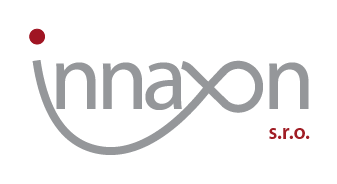About IAXO compounds
IAXO compounds are Glycolipids and Benzylammonium Lipids designed to act as Lipid A analogues that hold considerable promise in pharmacological settings, where inhibition of sterile (auto-) inflammation is desired, without compromising TLR4’s key role in the defence of pathogens. CD14-dependent and independent TLR4 activation of immune and non-immune cells by endogenous factors have been recently shown in a proof of concept preclinical study for inflammatory diseases such as an abdominal aortic aneurysm (AAA).
Persistent inflammation has been implicated in the pathogenesis not only of diverse chronic diseases such as neuropathic pain, atherosclerosis, chronic hepatitis, and abdominal aortic aneurysm, but also acute organ failure, cardiac infarct and stroke.
Toll-like receptors
The Toll-like receptor (TLR) family members are key contributors to these pro-inflammatory conditions. These pattern recognition receptors respond to molecular patterns in components of bacteria and viruses. In addition to their role in detecting pathogen-associated molecular patterns (PAMPs), TLRs can also sense endogenous danger (or tissue damage) associated molecular patterns (DAMPs) and have been implicated in perpetuating inflammatory cascades in the absence of invading microbes or other pathogens.
TLR4’s well-known key role in orchestrating innate and adaptive immune response to Gram-negative bacteria now extends into the area of mediating auto-inflammation and tissue repair and remodelling.
The novel family of synthetic IAXO compounds not only can inhibit LPS-stimulated TLR4 activation by competitively occupying CD14 and thereby reducing the delivery of activating endotoxin to MD-2-TLR4 but may also shed light on the features of CD14-dependent and TLR4-independent signalling pathways triggered by TLR4 ligands other than LPS (endogenous danger molecules, such as HMGB1).
The functional properties described so far suggest that molecules IAXO-101 and IAXO-102an be considered lead compounds in the development of new agents selectively targeting the TLR4/CD14 mediated sterile inflammation.
IAXO compounds are effective in rodent models of inflammatory diseases (1-10 mg/kg) showing a good toxicity profile.
